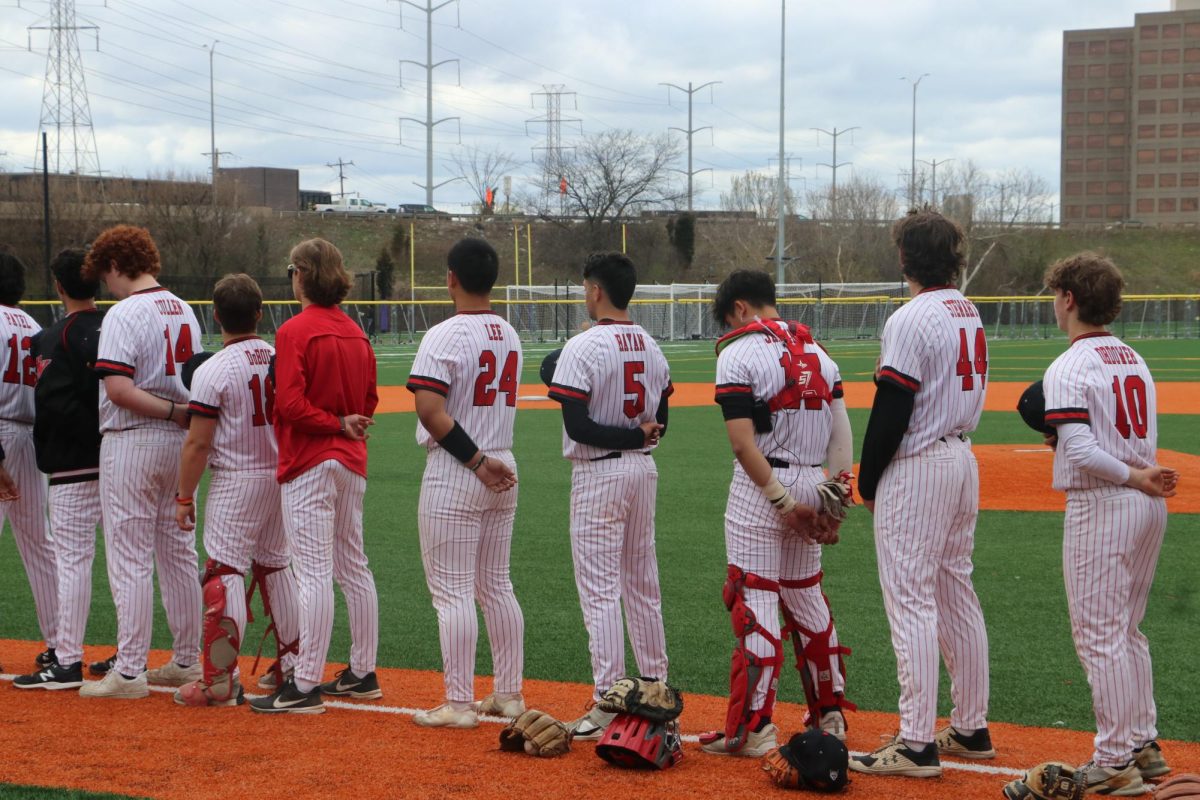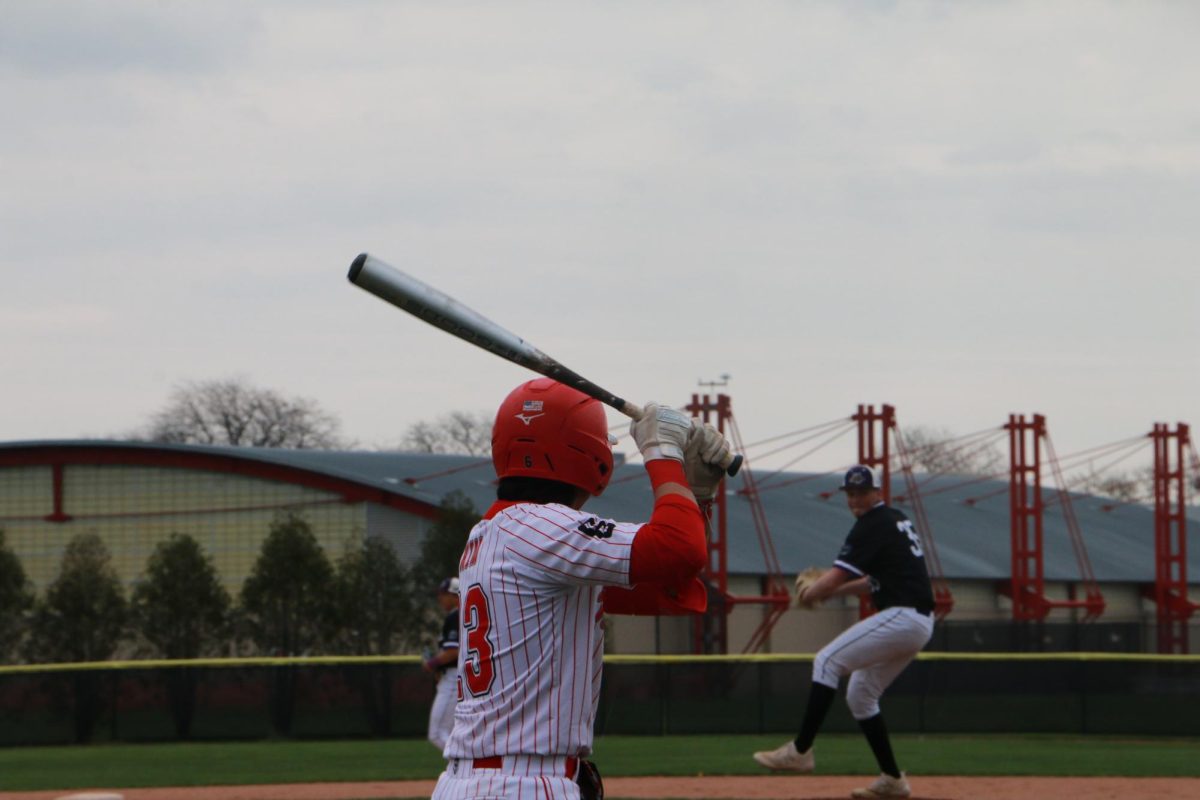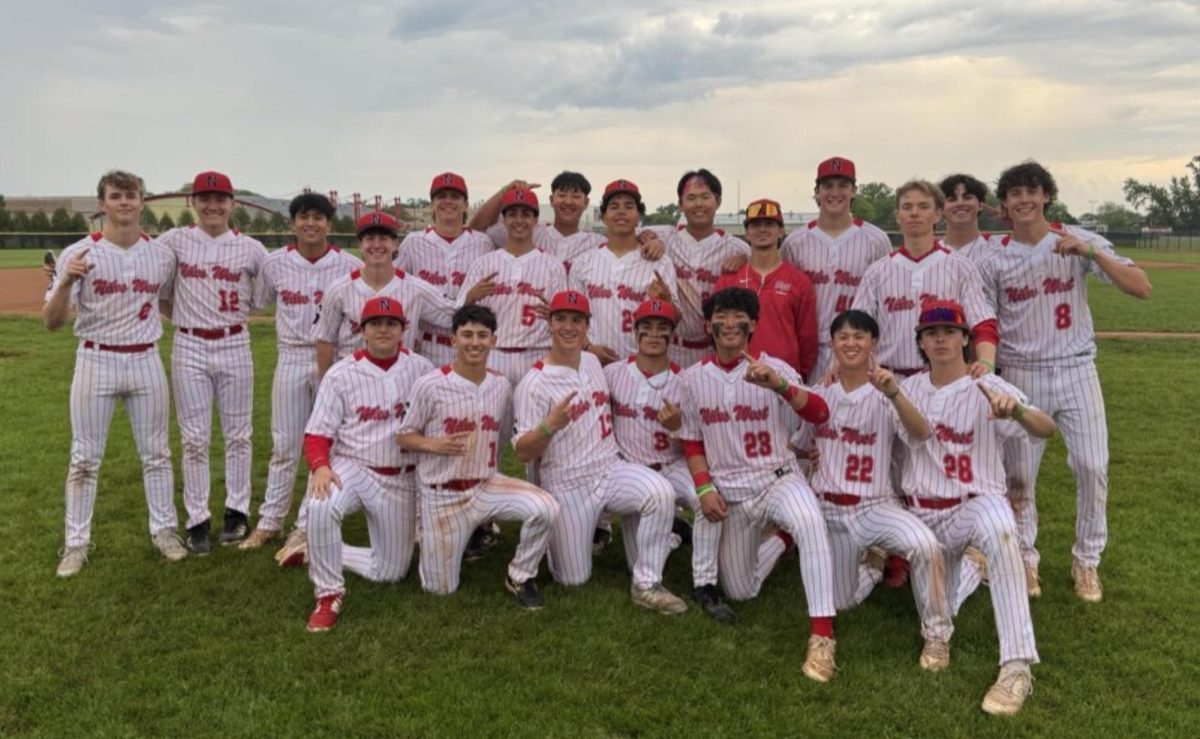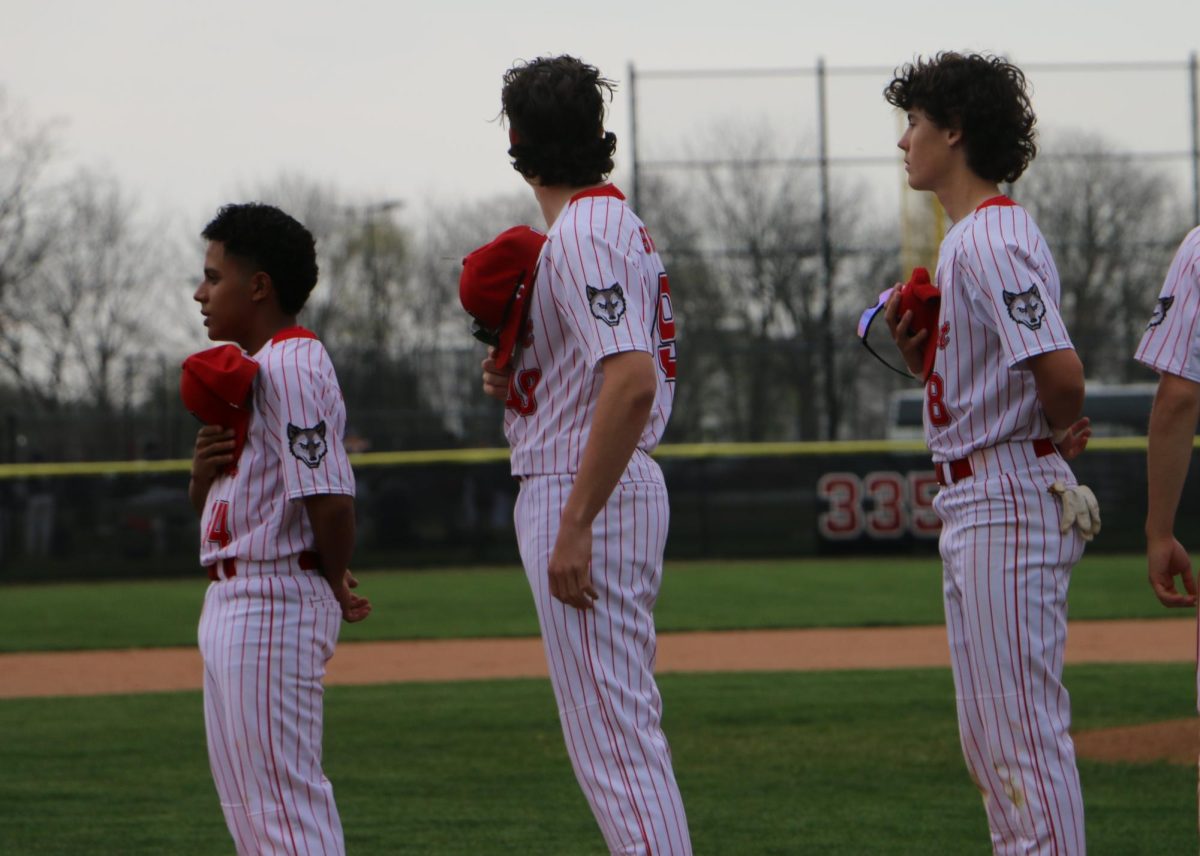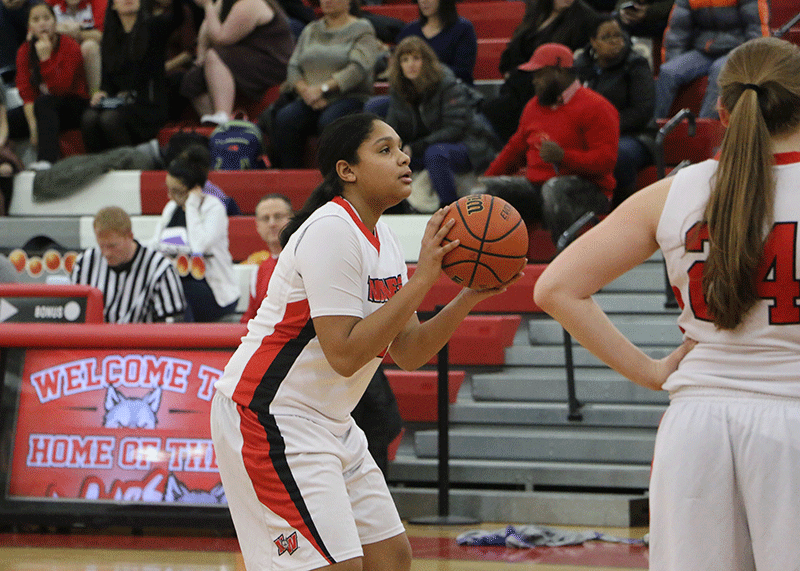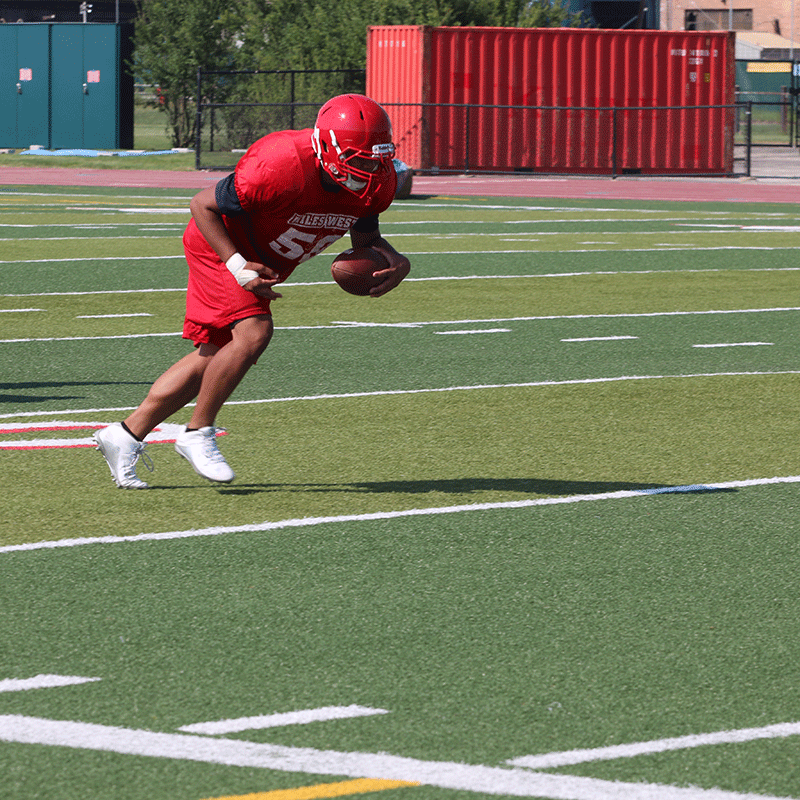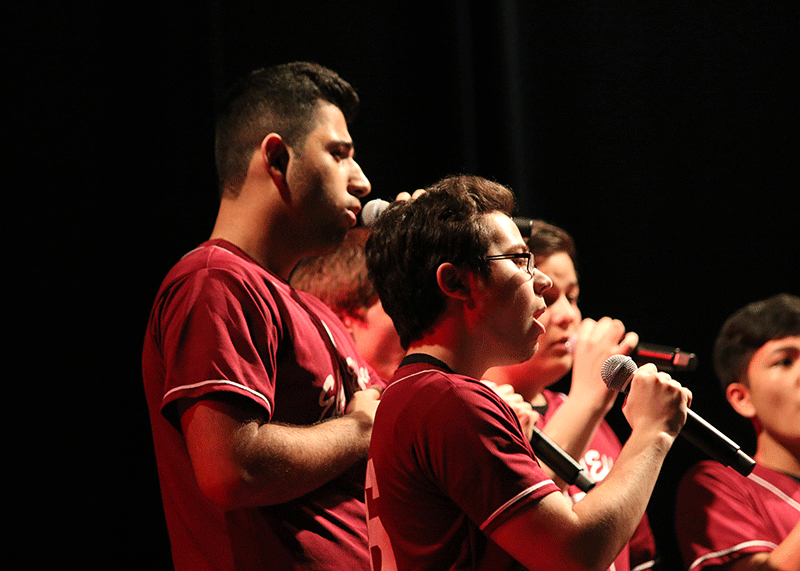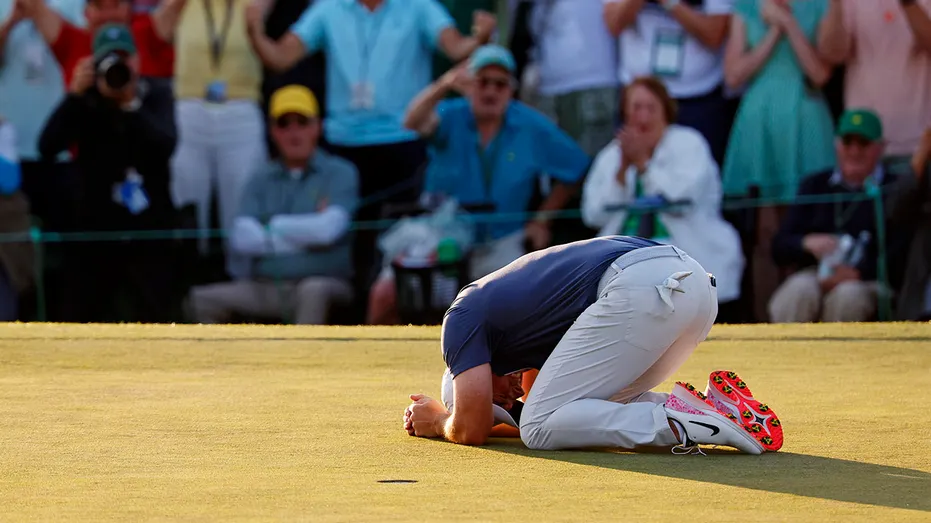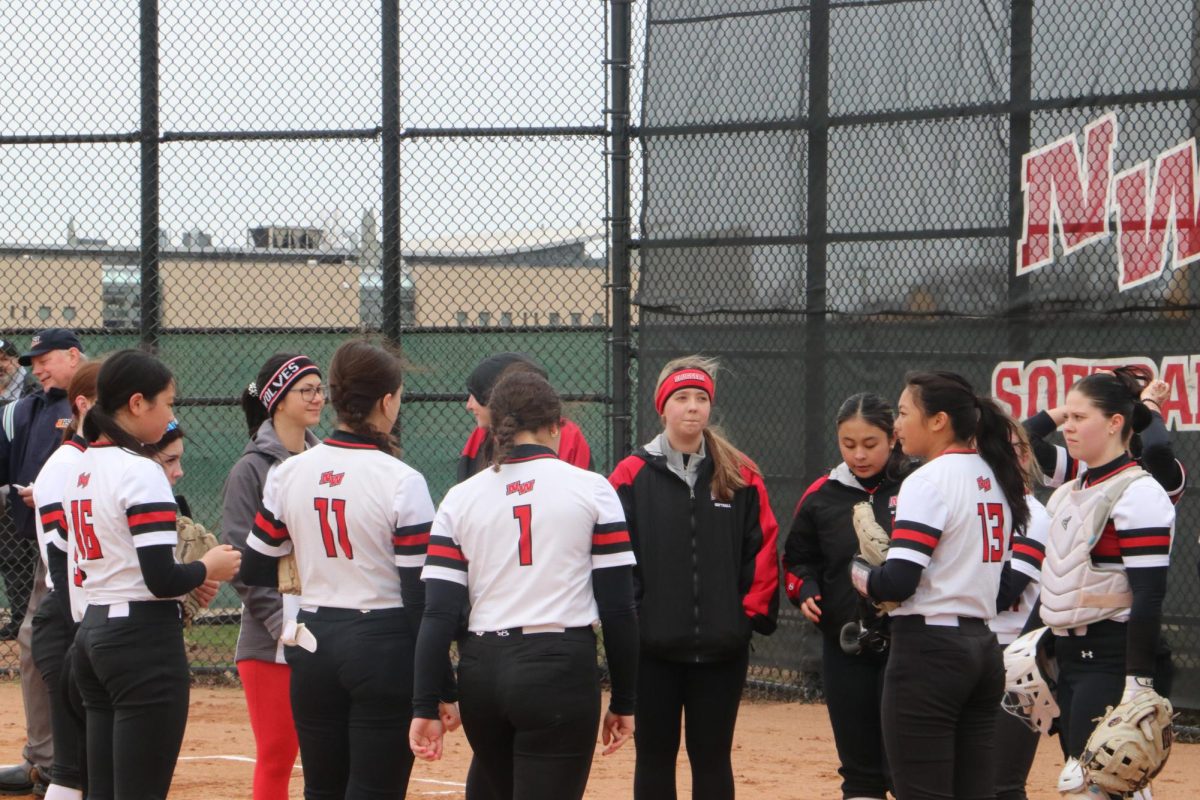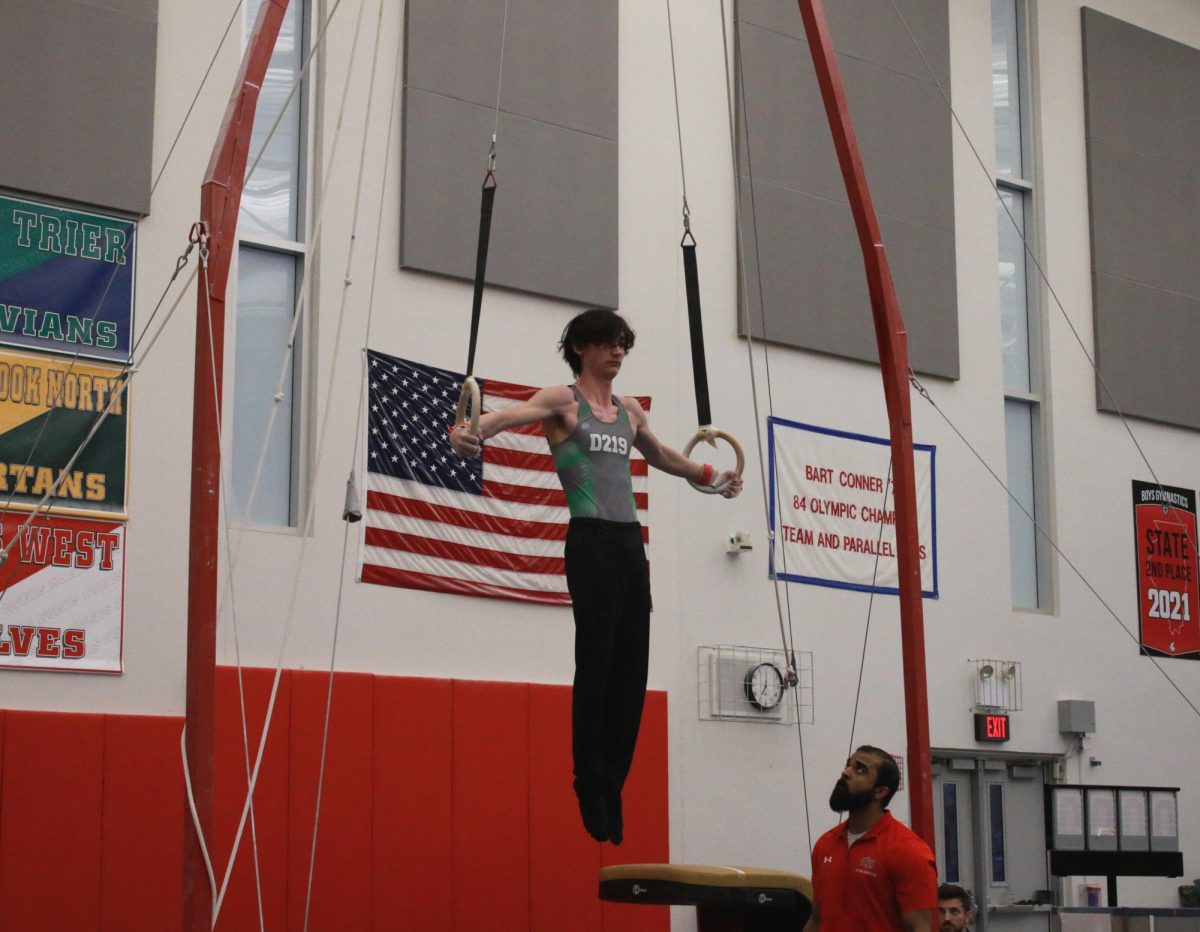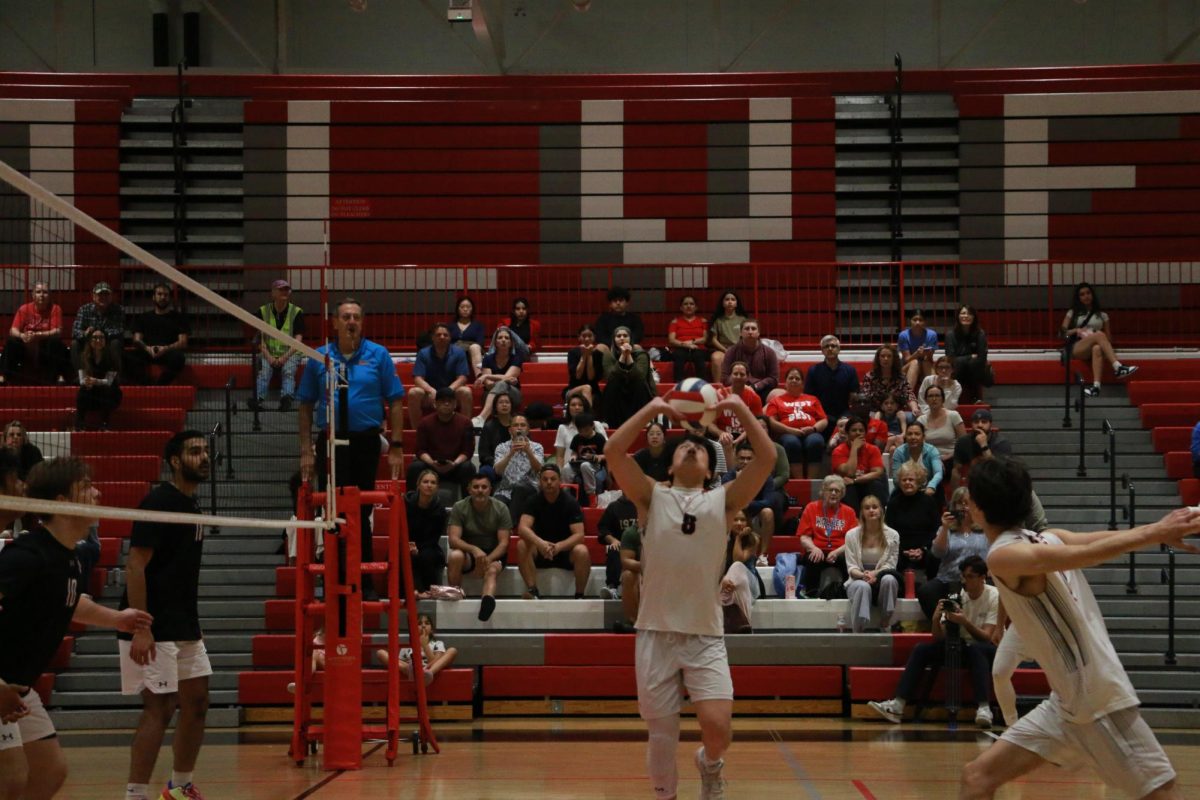Recently, the National Federation of State High School Associations (the governing body of most high school sports throughout the country) changed their baseball bat rules to match that of the NCAA, meaning bats made of “composite materials” will no longer be allowed and BBCOR’s (Batted Ball Coefficient of Restitution) will be used in every high school baseball program under NFHS jurisdiction (which the vast majority of high schools are).
Basically, the new bats behave much more like the wooden bats, meaning it’s much harder to hit the ball.
Head baseball coach Gary Gustafson said power numbers throughout high school baseball are expected to undergo a sharp decline, such as the one seen in the collegiate ranks.
“The BBCOR will definitely affect how the game is played both offensively and defensively,” he said. “We’ll definitely see more bunting and small ball. Teams will play more of a ‘hit and run’ game. There’ll be less home runs, and our power numbers will go down significantly.”
Back in 2011, in anticipation of the upcoming college baseball season, the NCAA (National Collegiate Association of Athletics), made the same change that the NFSA having already done away with “composite” bats in 2009, standardized the BBCOR, which stands for batted ball coefficient of Restitution, bats throughout the conferences. As a result, “power numbers” as they are called, stooped to lows that they hadn’t been at since the mid-seventies.
In 2010, before the use the BBCOR in collegiate baseball, the average batting average was a whopping .305, but in 2012, with the use of the new bats mandated by the NCAA, the average dropped to .282. This drop was seen across any and all batting stats, including home runs per game (which were as low as they had been since 1974), On-Base percentage, and the number of singles, doubles, and triples.
Consequently, ERA (Earned Run Average), a pitching statistic, drastically improved upon the switch. In 2010, the average ERA among pitchers was nearly 6.0, but after the introduction of the BBCOR, average ERA dropped to almost 4.6.
What made power numbers during the pre-BBCOR era so inflated, yet ERA so lackluster? Like the traditional wooden bats used in today’s major leagues, the BBCOR’s “sweet spot” is vastly reduced when compared to the previously used composite bats, where the sweet spot could take up most of the bat. Furthermore, the “trampoline effect” on a BBCOR is much less than that of a composite bat, meaning the velocity of the ball increases less upon being hit with a BBCOR than it would if it were hit with another bat.
So far, Niles West baseball players have been vocal about the bat change for this season. Even though most of the hitters miss their old power numbers, they all agree that the change was for the good of the game. Junior baseball player Mario Sivric prefers the BBCOR over the old bats due to the element of realism they add to the game.
“[The new bats] make the games more interesting and realistic. You can’t go up to the plate and expect to hit a bomb. Since the sweet spot is so much smaller, it forces you to practice your hitting more,” he said.
Junior baseball player Nick Clark agrees that the new bats have drastically improved the game, but for different reasons.
“The new bats definitely speed up the game, since there are less home runs and more ground-outs. Pitchers have benefited a lot from the change,” he said.
Still, in addition to their obvious improvement on gameplay, there are unforeseen monetary advantages because of the switch to the BBCOR. Although the BBCOR appears more expensive than the previous bats on the outside, according to athletic director David Rosengard, long-term, the BBCOR is a better option.
“Each bat (BBCOR) is around $250, which is more money as compared to the old composite bats, which cost around $120 to $170 . Currently, we’re in the process of buying four to six of them for the baseball team,” Rosengard said.
According to Rosengard, the bats end up paying for themselves.
“Still, in the end, a lot of money is saved, since they’re more durable,” he said. “Before, the school could break a number of bats in a single season, but we don’t expect that this year, seeing as they’re more durable than the old ones. Also, many of the kids have their own bats, so that has saved us a ton of money.”
The Varsity baseball team takes on New Trier Thursday, April 26 at 4:45 p.m. at home.




